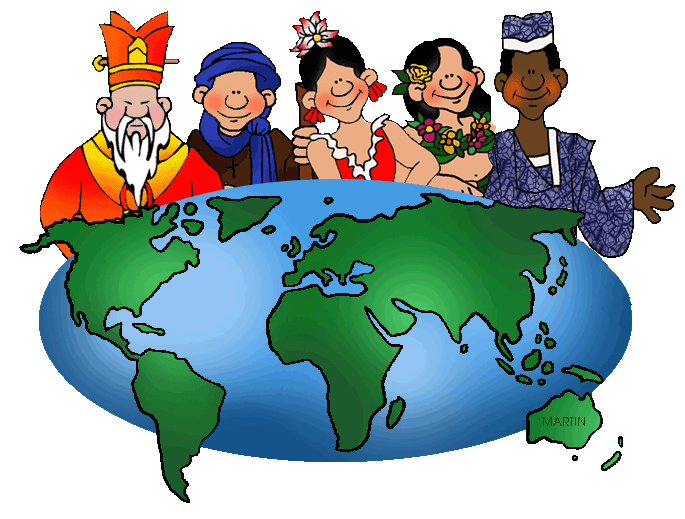The evolution of cultural program background images in clip art transcends mere aesthetics; it embodies the amalgamation of artistry and societal narratives. As visual communicators, these images have a profound impact on how we engage with cultural themes. They are not just decorative elements; rather, they serve as conduits for a more profound understanding of diverse cultural paradigms. By exploring this multifaceted realm, one can unearth the nuances that underpin visual representation in cultural contexts.
Historically, clip art emerged as a cost-effective means for publicists and educators to embellish their materials, thereby enhancing engagement. However, the original intent has evolved significantly. In contemporary society, background images in cultural programs now serve to encapsulate the ethos of specific communities. They invoke curiosity, promising a shift in perspective and stimulating dialogue about cultural identity, heritage, and societal values.
Each cultural program background image tells a story. For instance, motifs derived from indigenous art forms may portray the spiritual connection between the land and people, while urban visuals present a narrative of community and resilience. Herein lies the intrigue—these images transcend geographical boundaries, allowing viewers to glimpse into the rich tapestry of humanity. The capacity of visual art to evoke emotions and provoke thought is unparalleled. It can spark a renaissance of interest in cultural traditions that may otherwise languish in obscurity.
Moreover, the integration of technology into the creation of clip art has revolutionized the way artists craft images. With advanced graphic design software, the once-static clip art can now be animated and manipulated. This metamorphosis allows for a layered texture of meaning. As artists experiment with color schemes and design techniques, they can infuse cultural background images with historical significance. A simple image of a handcrafted item can morph into a powerful symbol of resilience against globalization, drawing attention to the importance of preserving cultural identities.
Additionally, the widespread accessibility of these clips fosters a democratization of art. Communities can take ownership of their cultural narratives and disseminate them through platforms previously dominated by traditional media powerhouses. When individuals or groups create and curate their clip art, it empowers them to shape their visual identities. For example, grassroots organizations have utilized cultural program background images to promote social justice and environmental sustainability, bridging themes of cultural heritage and activism.
Nevertheless, the proliferation of clip art also raises essential questions regarding authenticity and appropriation. As cultural symbols seep into mainstream usage, it is crucial to engage critically with the origins and meanings of such images. Distinguishing between respectful representation and exploitative mimicry involves a deeper understanding of cultural dynamics. This scrutiny offers a pathway to more genuine expressions of cultural identity in visual arts, thus further piquing curiosity towards a more significant conversation about representation.
The role of education in this dialogue cannot be overstated. When utilized in classrooms or cultural programs, clip art becomes an invaluable educational tool. It provides an entry point for discussions surrounding cultural awareness and diversity. In an age where globalization has led to a homogenization of experiences, using culturally rich backgrounds in educational materials can spark interest among students, encouraging them to explore other cultures with empathy and respect. Illustrated stories engage young minds, making them more receptive to understanding and appreciating complexity within cultural identities.
Engagement with cultural program background clip art serves also as an avenue for fostering intergenerational dialogue. Images carry memories and meanings across generations. When elders share objects linked to their cultural history alongside contemporary interpretations in clip art, they bridge gaps that modern technologies often create. Recognizing such connections invites younger generations to delve into their heritage with a sense of pride and ownership. This dynamic exchange increases awareness of the evolving nature of culture while instilling a respect for traditional customs.
Furthermore, as the global discourse surrounding climate change intensifies, integrating environmental themes into cultural background images offers an enriched narrative perspective. Art has historically played a pivotal role in reflecting societal challenges. Infusing images with environmental motifs prompts audiences to recognize the interconnectedness of cultural heritage and ecological sustainability. A clip art background portraying indigenous land stewardship, for instance, can not only educate viewers about traditional practices but also incite discussions surrounding contemporary issues of environmental degradation and climate justice.
Finally, the future of cultural program background clip art hinges on innovation and inclusivity. As artists, educators, and activists continue to reimagine these visual expressions, the challenge remains to portray cultures: their triumphs, complexities, and struggles authentically. Recognizing the role of technology as a double-edged sword presents a pivotal opportunity. Embracing new mediums while remaining anchored in respect for cultural heritages fosters an environment in which diverse narratives can coexist and flourish.
The exploration of cultural program background image clip art is an invitation to embark on a journey—a journey that unveils narratives, connects lives, and fosters appreciation for the kaleidoscope of human experience. In a world increasingly driven by visuals, ensuring that these images resonate with the history they seek to portray becomes imperative. Ultimately, the fusion of culture, art, and technology offers a pathway not just to understanding but to empathy and cultural reverence, instigating a profound shift in how we perceive and engage with our collective humanity.
